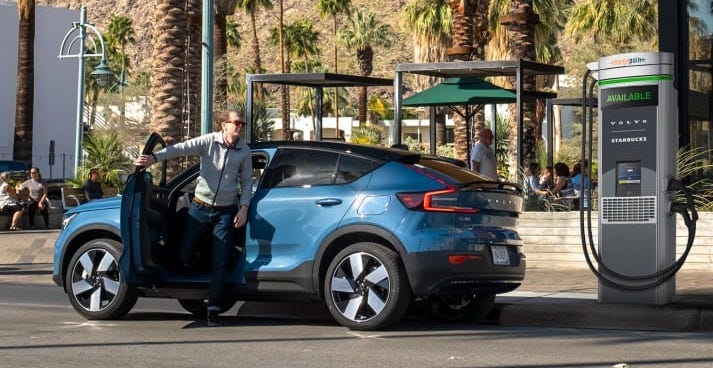Colin here. It is fun to think about new consumer need states for the slightly distant future. I wrote a while back about the rise of autonomous vehicles, and the ability to sit down, recline in a lay-flat seat, and arrive at a far-flung destination (not unlike a sleeper train, which we just covered). My argument was that if people ditch that 5:30 am flight to Chicago and opt to sleep overnight on the road, what does the modern-day city arrivals lounge look like? It is more of a place where people arrive, get their clothing pressed, take a shower, and have breakfast before heading off into the day. Not a hotel per se, but a new hospitality solution for a need that hasn’t yet arrived.
Another intriguing white space exists around electric vehicles. As they continue to become more common, what are the market opportunities to fill in the gap in time required to charge your car? It takes an hour plus, and right now I’m sure there are lots of innovation sprints going on with brands trying to give people something to do in this newly invented liminal state. It is too long for the current mix of gas station rest stops and quick-serve convenience stores where you can grab your Bang energy and Oberto jerky and get going in under ten minutes. What could fill in the space? An innovative workout pop up? A new type of film or VR gaming experience? A killer Pokemon sesh? The possibilities are endless!
Why is this interesting?
Not surprisingly, Starbucks is one of these brands seeing an opportunity. According to Fast Company:
By 2030, there could be 26 million electric cars in the U.S., which means we’ll need more than 10 times as many EV chargers. Starbucks, with its 15,000 locations across the country, thinks that it could help fill part of the gap. In a pilot this year, the company is partnering with Volvo and Chargepoint to install EV chargers in its parking lots along a 1,350-mile route from Denver to Seattle, with stops available roughly every 100 miles. “It’s one of those charging deserts, so to speak,” says Michael Kobori, chief sustainability officer at Starbucks. “There aren’t too many charging stations available there.”
This is a smart idea: first, the test is helping address an underserved area for chargers, taking the stress away from travelers. Range anxiety is one of the recurring issues with EVs at the moment.
And, from a brand perspective, it allows them to be a first mover to associate their locations with clean, reliable charging and capture a new, surging need state. They already have a pretty good one with American addiction to a morning latte, and this seems like a fitting follow-on. (CJN)
--
WITI x McKinsey:
An ongoing partnership where we highlight interesting McKinsey research, writing, and data.
Want to keep your employees? Redesign the office. As many contemplate a return to physical offices, get perspective on people-centered design and what comes next in a new interview with Diane Hoskins, co-CEO of Gensler, a global design and architecture firm. Check it out.
--
Thanks for reading,
Noah (NRB) & Colin (CJN)
—
Why is this interesting? is a daily email from Noah Brier & Colin Nagy (and friends!) about interesting things. If you’ve enjoyed this edition, please consider forwarding it to a friend. If you’re reading it for the first time, consider subscribing (it’s free!).




